When you pick up a generic pill at the pharmacy, you expect it to work just like the brand-name version. But how does the FDA know it’s still safe and effective months or years after it hits the shelves? Unlike brand-new drugs, generics don’t go through years of clinical trials before approval. Instead, they only need to prove they’re bioequivalent to the original - meaning they deliver the same amount of active ingredient at the same rate. That’s where post-market surveillance comes in. It’s the invisible safety net that keeps millions of Americans safe after a generic drug is approved.
Why Post-Market Surveillance Matters for Generics
By 2020, generics made up nearly 90% of all prescriptions filled in the U.S. That’s over 3 billion prescriptions a year. But here’s the catch: the clinical trials used to approve generics usually involve a few hundred people. That’s enough to catch major side effects - but not rare ones. A reaction that happens in 1 in 10,000 patients won’t show up in a trial of 500. That’s why the FDA doesn’t stop watching once the drug is approved. It keeps watching - for years.
Take a generic version of a blood thinner. If a small change in the inactive ingredients affects how the drug dissolves in the stomach, it could lead to too much or too little medication in the bloodstream. That’s not theoretical. In 2018, a generic version of the epilepsy drug lamotrigine was pulled from shelves after reports of breakthrough seizures. The issue wasn’t the active ingredient - it was how the tablet broke down. That’s exactly the kind of problem post-market surveillance was built to catch.
The Tools the FDA Uses to Watch Generics
The FDA doesn’t rely on guesswork. It uses a mix of automated systems, human analysis, and real-world data to spot trouble early.
- FDA Adverse Event Reporting System (FAERS): This is the main database where doctors, pharmacists, patients, and drug companies report side effects, allergic reactions, or unexpected outcomes. In 2023 alone, FAERS received over 2 million reports - nearly half involving generic drugs. The system doesn’t prove causation, but it flags patterns. If 50 people report the same rare rash after switching to a new generic, the FDA investigates.
- Sentinel Initiative: Launched in 2008, Sentinel uses real-time data from over 200 million Americans - insurance claims, electronic health records, hospital databases. It’s like having a national health dashboard. If a generic version of a statin suddenly shows a spike in muscle pain cases in a specific region, Sentinel detects it within weeks, not years.
- MedWatch: This is the public-facing portal where anyone can report a problem. A patient who feels worse after switching to a generic can file a report. A pharmacist who notices inconsistent pill colors or unusual side effects can too. These reports are fed into FAERS and analyzed alongside clinical data.
- Unannounced Inspections: The FDA shows up at manufacturing plants without warning. They check if the generic maker is still producing the drug the same way it was approved. A change in the coating, the binder, or even the humidity during production can alter how the drug behaves. One inspection in 2022 found a generic manufacturer using a different dye than approved - a small change, but one that raised concerns about patient adherence.
Complex Generics Are the Hardest to Monitor
Not all generics are created equal. Simple pills - like generic ibuprofen or metformin - are easy to replicate. But complex generics? That’s where things get tricky.
Think inhalers, topical creams, injectables, or extended-release pills. These drugs don’t just need the right chemical. Their physical structure matters. A cream’s thickness, an inhaler’s spray pattern, or a pill’s release timing can change how the drug works in the body. Bioequivalence studies can’t always predict this. That’s why the FDA launched the Center for Research on Complex Generics in 2020, partnering with universities to study how formulation differences affect real patients.
In 2021, the National Academies warned that current surveillance methods aren’t enough for these products. A generic inhaler might deliver the same dose, but if the aerosol hits the lungs differently, it could be less effective. That’s not a manufacturing error - it’s a design gap. And it’s why the FDA is investing $5.2 million in 2023 to build AI tools that can detect these subtle differences faster.

How the FDA Responds When Problems Are Found
Spotting a problem is only half the job. The FDA has to act.
If a pattern emerges - say, multiple reports of liver damage linked to a specific generic version of a cholesterol drug - the Office of Generic Drugs launches a deep dive. They compare the drug’s formulation to the brand-name version. They check manufacturing logs. They look at patient demographics. If they find a real risk, they can:
- Require the manufacturer to update the drug label with new warnings
- Issue a public alert to doctors and pharmacists
- Ask the company to voluntarily recall the batch
- Block future shipments if the issue is systemic
In 2020, a generic version of the blood pressure drug valsartan was pulled after cancer-causing impurities were found. The FDA didn’t wait for thousands of cases. They acted as soon as the data pointed to contamination. That’s the power of real-time surveillance.
The Human Factor: Perception vs. Reality
Not every problem is biological. Sometimes, it’s psychological.
Studies show that patients who switch from brand-name to generic drugs often report side effects - even when the drugs are chemically identical. This is called the “nocebo effect.” If someone believes the generic is inferior, their body might react as if it is. A 2019 study in JAMA Internal Medicine found that 15% of adverse event reports for generics cited “reduced effectiveness” - but in 90% of those cases, clinical tests showed no difference in drug levels.
That’s why the FDA also tracks patient perceptions. A sudden spike in complaints about a specific generic might not mean the drug is unsafe - but it does mean people are losing trust. And trust affects adherence. If patients stop taking their meds because they think the generic doesn’t work, that’s a public health risk.
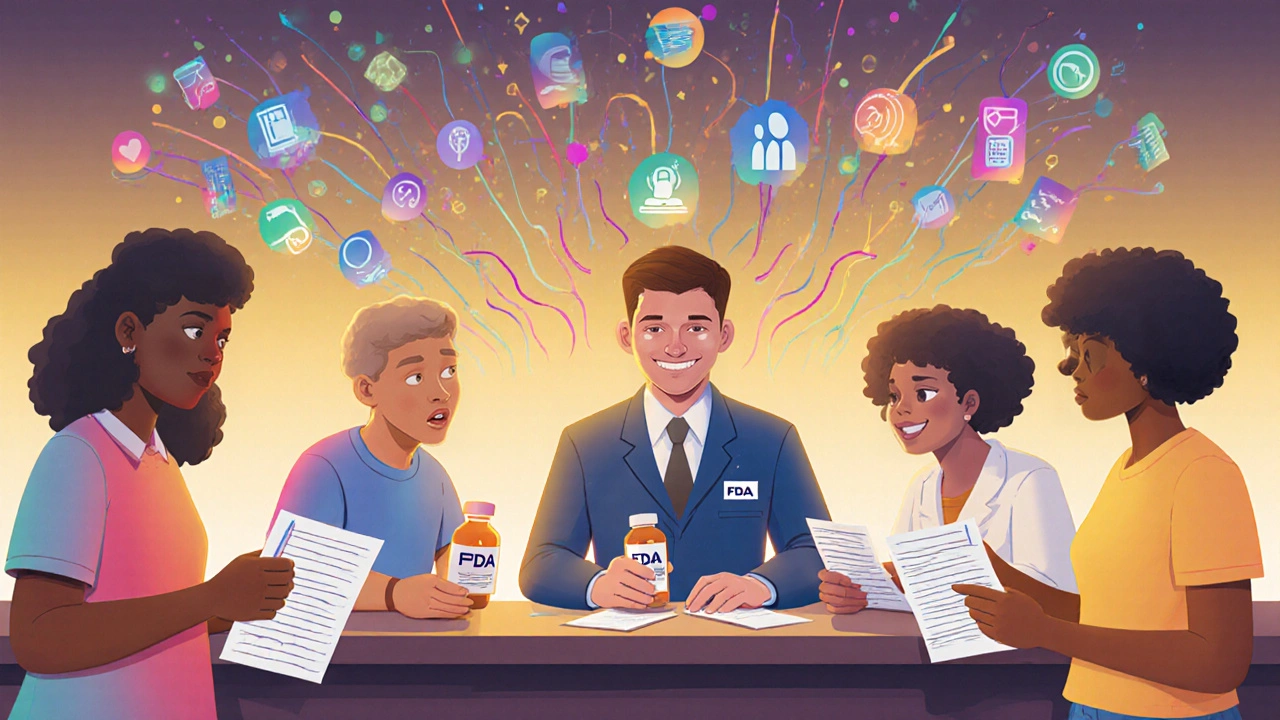
What’s Next? AI and the Future of Surveillance
The FDA is moving beyond manual reporting. It’s building AI systems that can scan millions of data points - from social media mentions to hospital records - to spot signals before they become crises.
One project, funded in 2023, uses machine learning to compare outcomes between brand-name drugs and their generic versions across 200 million patients. Instead of waiting for someone to report a problem, the system flags anomalies automatically. Early results suggest it could cut detection time from months to weeks for complex generics.
By 2027, experts predict AI tools will reduce safety signal detection time by 60-70%. That’s not science fiction. It’s the next step in a system that’s already saved lives. The goal isn’t to replace human judgment - it’s to give scientists better tools to make faster, smarter decisions.
What You Can Do
You’re not just a passive patient. You’re part of the surveillance system.
- If you notice a new side effect after switching to a generic, report it to MedWatch. Even if you’re not sure, it helps.
- If you feel your generic isn’t working like the brand, talk to your doctor. Don’t assume it’s “all in your head.”
- Keep track of the manufacturer’s name on your prescription. If one batch causes issues, knowing the maker helps the FDA trace the problem.
The FDA doesn’t have eyes everywhere. But with your help - and advanced tools - it’s getting closer.
Are generic drugs less safe than brand-name drugs?
No. Generic drugs are held to the same FDA standards as brand-name drugs for quality, strength, purity, and performance. The difference is in the approval process: generics don’t need new clinical trials because they’re proven to be bioequivalent to the original. Post-market surveillance ensures they stay safe after approval. Millions of people take generics safely every day.
Can a generic drug be recalled after approval?
Yes. If post-market surveillance finds a safety issue - like contamination, unexpected side effects, or manufacturing flaws - the FDA can require a recall. In 2020, several generic versions of valsartan were pulled due to cancer-causing impurities. Recalls aren’t common, but they happen when the data shows a clear risk.
How does the FDA know if a generic drug is causing side effects?
The FDA uses multiple systems: FAERS collects reports from doctors and patients; Sentinel analyzes real-world health data from millions of patients; and MedWatch lets anyone report problems. When a pattern emerges - like a spike in kidney issues linked to a specific generic - analysts investigate whether it’s a drug issue, a manufacturing flaw, or just coincidence.
Do all generic manufacturers follow the same rules?
Yes. Every generic manufacturer, no matter where they’re based, must meet FDA standards. The FDA inspects over 3,500 facilities worldwide annually - including factories in India and China. If a plant fails inspection, the FDA can block imports or suspend approvals until the issue is fixed.
Why does the FDA focus more on complex generics?
Complex generics - like inhalers, topical creams, or extended-release pills - rely on more than just chemistry. Their physical design affects how the drug is absorbed. A small change in the coating or spray mechanism can change how well it works. Bioequivalence studies can’t always predict this, so the FDA uses special tools and research to monitor them closely.
Post-market surveillance isn’t flashy. It doesn’t make headlines. But it’s the quiet system that keeps your medicine safe - long after the approval stamp is applied. The FDA doesn’t just approve drugs. It watches them. And it’s getting smarter every year.

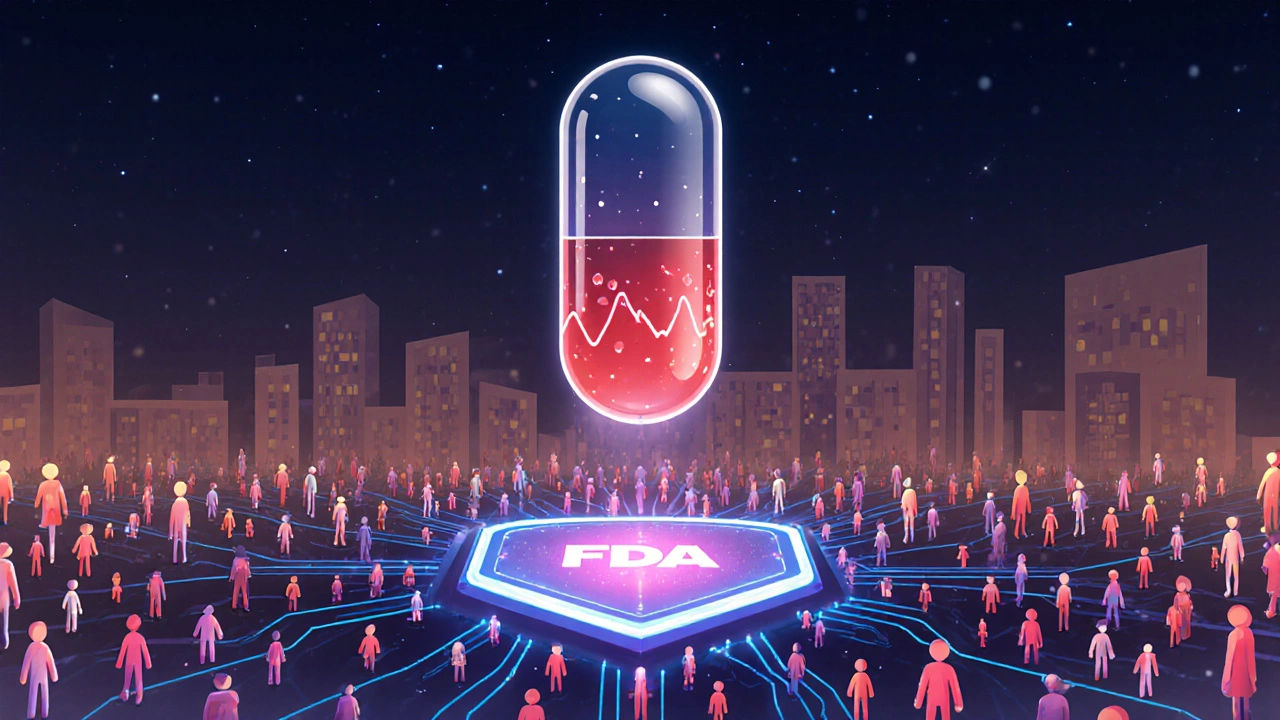

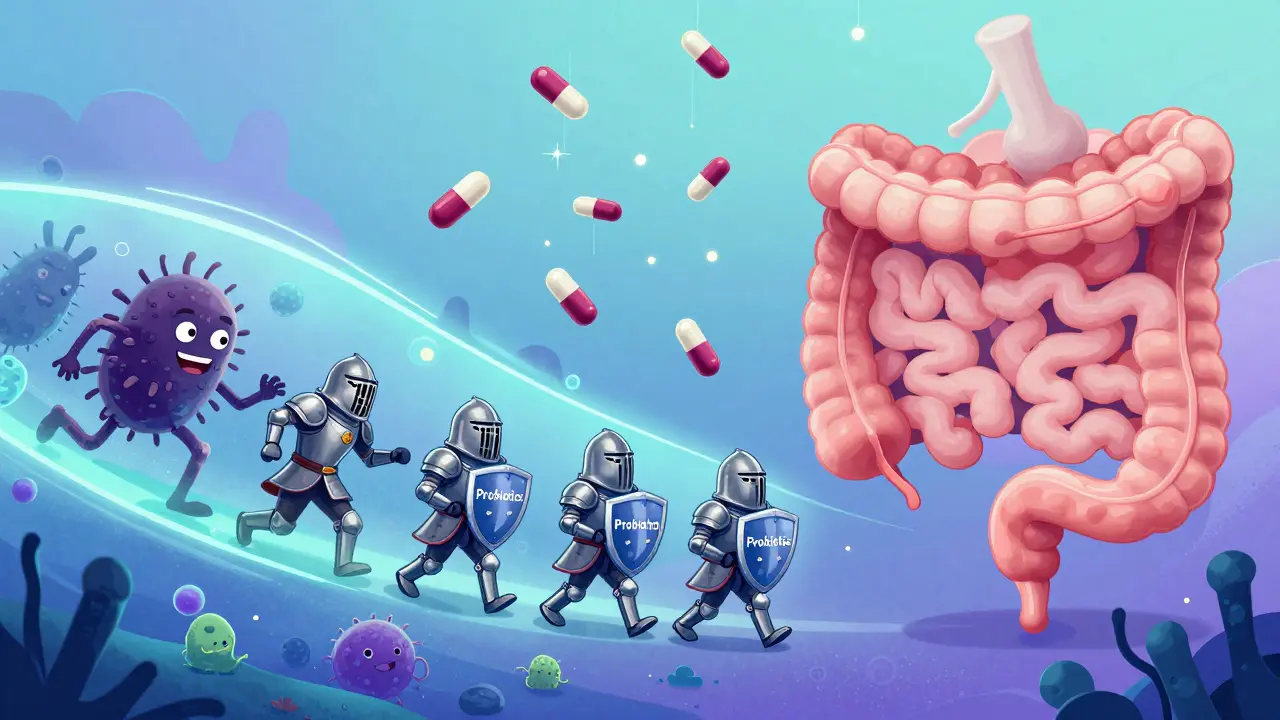
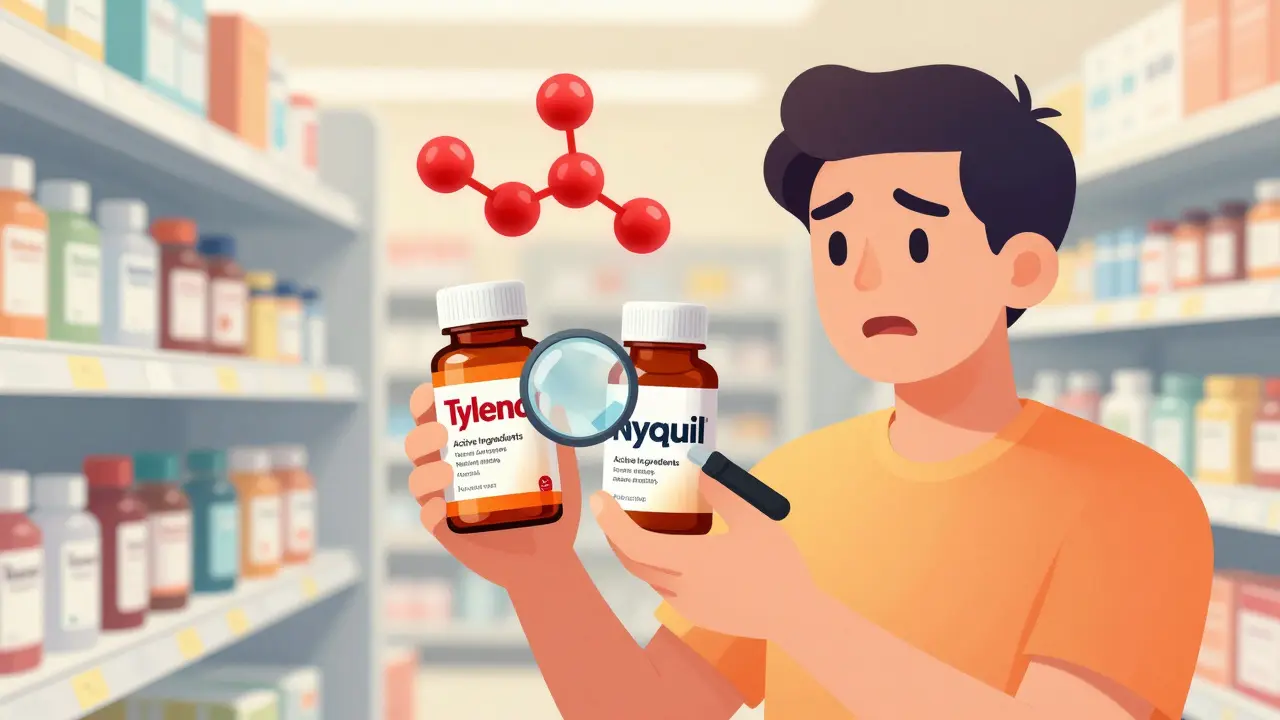
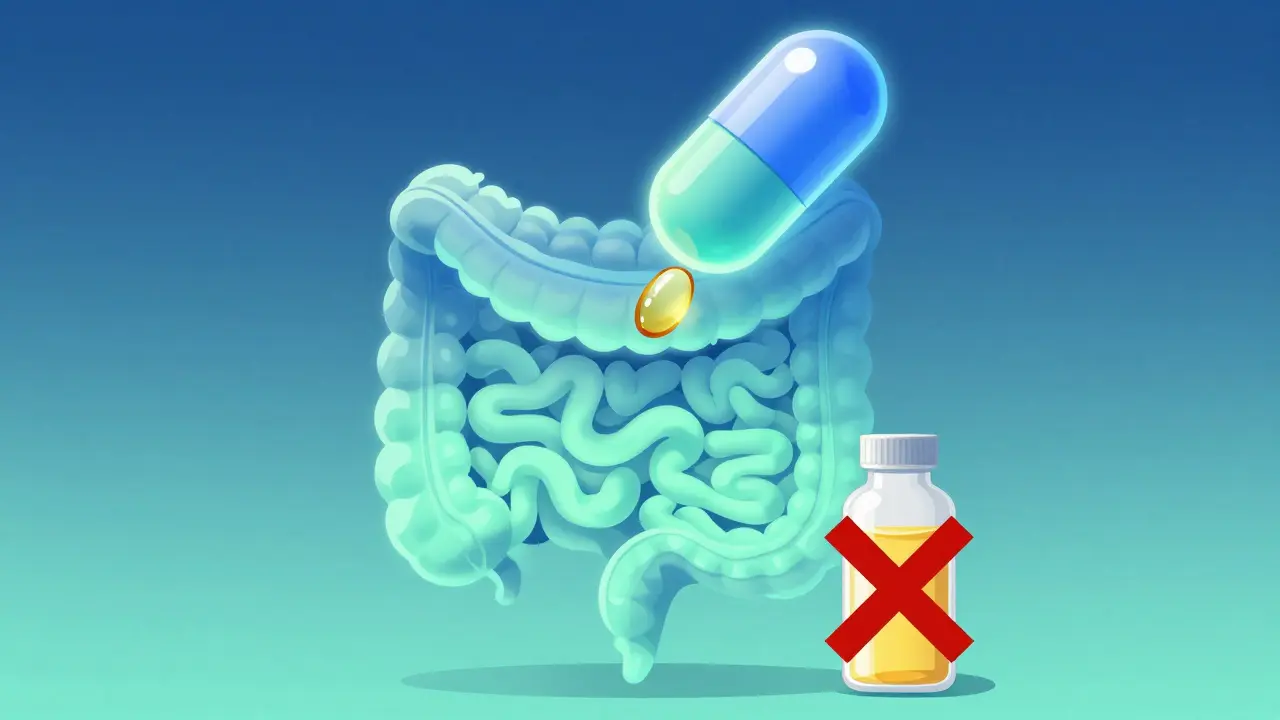

Noel Molina Mattinez
November 16, 2025 AT 16:11Generics are fine until you get one that makes you feel like your brain is melting
Roberta Colombin
November 17, 2025 AT 15:45It’s important to remember that safety doesn’t end at approval. The FDA’s ongoing work helps protect everyone, especially those who rely on affordable medicine. Thank you for sharing this clear and thoughtful overview.
Dave Feland
November 18, 2025 AT 22:01Let’s be frank: the FDA’s post-market surveillance is a charade. The agency approves generics based on bioequivalence studies that are laughably underpowered, then pretends that FAERS and Sentinel are ‘robust’ systems. The truth? They’re reactive, underfunded, and politically neutered. If you think a 500-person trial is sufficient to guarantee safety for a drug taken by millions, you’re either naive or complicit. And don’t get me started on the unannounced inspections-how many plants in India or China are actually inspected? One per decade? The system is designed to look like it works, not because it does.
Ashley Unknown
November 19, 2025 AT 16:09Okay so imagine this: you take your generic blood pressure med, right? You’ve been on it for six months. Then one day your heart starts doing the cha-cha and your fingers go numb. You go to the doctor, they say ‘it’s probably stress.’ But you know. You KNOW. Because the pill looks different. The bottle says ‘Sandoz’ instead of ‘Lupin.’ And suddenly everyone’s whispering about ‘inactive ingredients.’ I’ve read the FDA’s whole report. They say it’s the nocebo effect. But what if it’s not? What if the coating is different? What if the binder absorbs differently? What if the dye is toxic? I’m not crazy. I’m just the person who noticed. And now they’re calling me a conspiracy theorist. But if you’ve ever had a generic make you feel like you’re slowly turning into a zombie, you know what I’m talking about. And don’t tell me ‘it’s the same chemical.’ That’s not how the body works. It’s not a math equation. It’s a living system. And the FDA is asleep at the wheel. I’ve filed three MedWatch reports. No one ever called back. That’s not surveillance. That’s a graveyard.
Georgia Green
November 20, 2025 AT 23:09the sentinel initiative is super cool but i wish more people knew about it. if you notice something weird after switching generics, report it. even if you think it’s nothing. it adds up. also, keep the bottle, the lot number matters more than you think.
Christina Abellar
November 21, 2025 AT 12:56This is exactly the kind of transparency we need more of.
Margo Utomo
November 23, 2025 AT 08:43So the FDA uses AI now? 😏 That’s cute. Next they’ll say the pills are ‘smart’ and text you when you miss a dose. 🤖💊 Meanwhile, my cousin took a generic antidepressant and started seeing his dead grandma. No joke. He said the pills ‘tasted like regret.’ The FDA didn’t even reply to his MedWatch report. Just a robot saying ‘Thank you for your feedback.’ 🙄
George Gaitara
November 23, 2025 AT 14:58Why do we even bother with generics? If you’re going to risk your health on a pill made in a factory that failed inspection last year, why not just buy the brand name? The difference in cost is negligible for most people. And the FDA’s ‘surveillance’ is just PR. They don’t have the staff, the budget, or the will to actually monitor anything properly. This whole system is a Ponzi scheme built on the backs of people who can’t afford the real thing.
Deepali Singh
November 24, 2025 AT 17:52Statistical power of bioequivalence trials is below 0.6 for complex generics. FAERS has a reporting bias of 94%. Sentinel’s data is fragmented across proprietary EHR systems. The FDA’s AI models are trained on legacy datasets with known formulation drifts. No peer-reviewed validation exists for their signal detection algorithms. The entire infrastructure is statistically unsound and institutionally compromised. This is not surveillance. It’s institutionalized negligence dressed in jargon.
Sylvia Clarke
November 25, 2025 AT 11:28Let’s be real-generics are the unsung heroes of American healthcare. But let’s also be honest: the system is held together by duct tape and hope. The FDA’s tools are brilliant, but they’re playing catch-up with a system that’s been outsourced to 3,500 factories worldwide. And yes, the nocebo effect is real-but so is the fact that some generics *do* behave differently. I’ve seen patients who swear their generic metformin gave them nightmares. Their labs say it’s fine. But their sleep journals? A horror movie. Maybe we need to stop treating patients like data points and start listening to their lived experience-even when it doesn’t match the numbers.
jalyssa chea
November 27, 2025 AT 06:53why do people even care about generics anyway if theyre the same why not just take the brand name if you can afford it also why are you all so dramatic about pills its not like theyre magic
Robert Merril
November 27, 2025 AT 23:57the nocebo effect is real but so is the fact that some generics have different fillers that mess with your gut. i switched to a generic omeprazole and started having bloating like i ate a whole cabbage. switched back to brand-gone. FDA says ‘same active ingredient’ yeah but the coating was like chalk. report it. it matters.
Eva Vega
November 29, 2025 AT 23:53From a pharmacokinetic standpoint, the bioequivalence threshold of 80–125% AUC and Cmax is statistically robust for simple molecules but becomes untenable for narrow therapeutic index drugs or those with complex release profiles. The current paradigm assumes linearity and homogeneity in absorption kinetics, which is empirically invalid for transdermal, inhaled, or modified-release formulations. The FDA’s reliance on population-level bioequivalence ignores inter-individual variability in CYP450 metabolism, gastric pH, and intestinal transit time-all of which are modulated by concomitant medications, comorbidities, and genetic polymorphisms. Until regulatory frameworks account for these variables in post-market surveillance, we are engineering safety on a foundation of probabilistic assumptions, not physiological certainty.